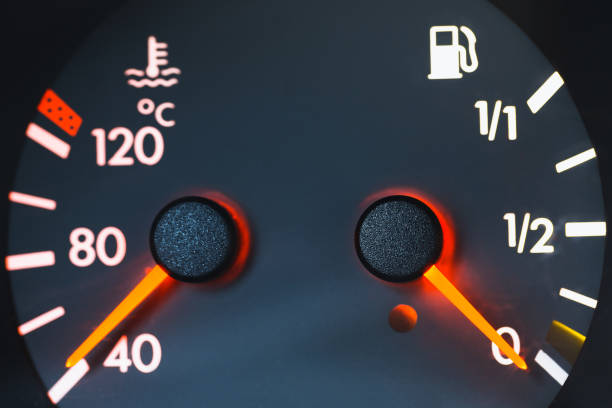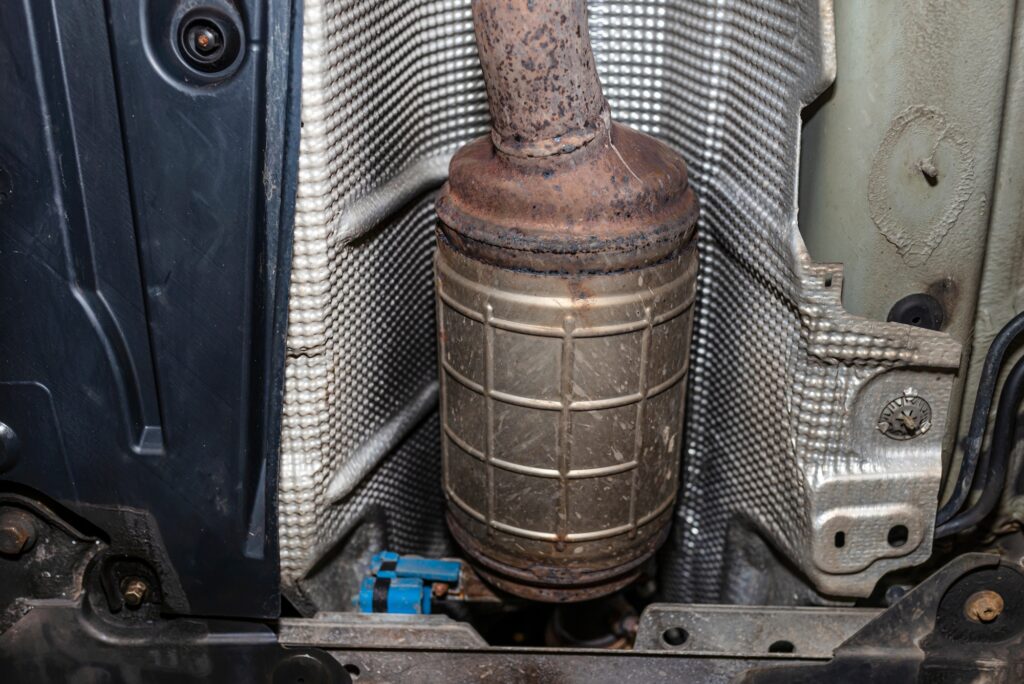EGR Valve Issues: Benefits of an EGR Delete Remap
The Exhaust Gas Recirculation (EGR) valve reduces NOₓ by circulating exhaust gases back into the intake. But over time, soot and carbon buildup can cause sticky valves, rough idling, and reduced power. An EGR delete remap removes EGR logic and optimises engine mapping for cleaner intake and smoother driveability.
How the EGR System Works
- Valve Operation: Controlled by the ECU to open under load, recirculating exhaust.
- Purpose: Lowers combustion temperature and NOₓ emissions.
- Intake Impact: Introduces soot particles into the intake manifold.
Common EGR Valve Problems
- Carbon Buildup: Sticky valve and ports cause hesitation.
- Rough Idle: Surging or stalling at stoplights.
- Increased Smoke: Visible black exhaust under acceleration.
- Check Engine Light: P0401 or P0402 codes trigger limp mode.
Advantages of an EGR Delete Remap
- Reliable Idle: No more rough surges or stalls.
- Improved Throttle Response: Cleaner air intake with no exhaust re-circulation.
- Reduced Maintenance: No valve cleaning or replacement costs.
- Performance Gain: Up to 10% increase in mid-range torque.
Legal & Warranty Considerations
- Off-Road Use: Delete is track or private roads only; keeps original map for revert.
- Warranty: Lifetime software warranty on tune; hardware remains unaffected.
The EGR Delete Process
- Diagnostics: Confirm EGR codes and valve functionality.
- Backup: Save stock ECU map via KESS to secure storage.
- Mapping: Disable EGR logic and refine fuel and boost settings.
- Validation: Road test to ensure stable idle and clear codes.
Time onsite: 1.5 hours. You stay in your Leicester driveway.
Combine with Other Services
- DPF Solutions – clear soot from the filter
- AdBlue Solutions – tackle SCR faults
- Stage 1 Remap – boost torque further
Next Steps
Book your EGR delete or see all services. For more guides, visit our Blog sitemap.
Post Views: 71
















